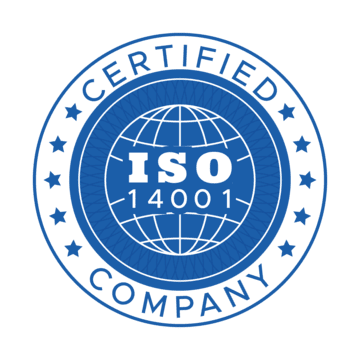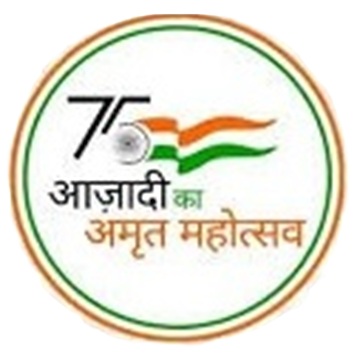About Nleta
Know Our Story
The recent rapid growth of the construction industry in India has led to a growing demand for vertical-transportation (VT) systems throughout the country. New construction, along with the operation of more and more Lifts, Escalators, Travelators and other passenger transport systems. It is leading to a greater need for well-trained specialists to adhere regulations and standard Compliance for the same. We are market leader to help Elevator industry and the society to minimise associated accidents and injuries as possible.
The Bureau of Indian Standards (BIS) published several Indian Standards (IS) for Lifts and Escalators, including IS 4591 and IS 14665. These standards are intended to ensure the safety of passengers and service engineers. IS 4591 The Indian Standard for Lift, Escalators and moving walks, includes requirements for balustrading, width, and angle and Standard for electric traction Lifts, includes requirements for limit switches, safety switches, and more specifications.
Advantages
What Sets Us Apart?
What We Cover
What should be covered during a thorough NLETA Inspections?
Risk Assessment: Undertaking a risk assessment includes routinely checking for hazards in lifting operations. Inspectors will identify the hazards and restricted areas while specifying the number of competent people required. They also dispatch the procedures for emergency, recovery and contingency plans while selecting the lifting equipment and check that the lifting appliances comply with applicable international standards and industry- accepted codes of practice.
Work Environment Conditions: While planning for the procedure of the job project the work environment is examined and accounted for in the execution process. The parameters that are ticked off the list cover weather, noise, visibility, terrain types, site access and surrounding operations. In case of a change in plans the contingency procedure will be prepared in advance.
Equipment Standards:Examination of relevant equipment standards which can be followed consist of the following.
- Verification of documentation
- Review of the previous inspection reports
- Maintenance and equipment history
- Use of lifting appliance in relation to lifespan analysis
- Test of all functions, safety functions, and limit switche
- Test of all emergency operation systems and functions
- Measurement of wear and tear
- Visual inspection
- Wire rope sheave and wire rope inspection
- Reporting and signing for completed control
Measuring the wear level: Inspectors look out for whether your equipment has been damaged by charring, excessive abrasion and has corrosion spots. These warning signs are taken seriously and include the mandated disposal of impaired rigging gear.
Periodic testing: To ensure that materials are safe and reliable material testing, laboratory testing and field testing are undertaken to proof test lifting equipment before it is brought into service. Laboratory testing is used as a follow-up if field testing of construction equipment is done later. Field testing is an on-site process to test the equipment’s physical properties and strength through a combination of visual inspection and non-destructive methods to protect the equipment from damage.
ISO Certificates
Prevailing Standards
IS-14665 – Specifications for Passenger Lifts.
BS EN-81-1Safety Rules for the construction and Installation of Lift - Part 1.
IEC 60364 – Standard on Electrical Installation for Building
15330 – Installation and Maintenance of Lift without conventional Machine Room – Code of Practice
IS 8216 – Directive for inspection of Lift Wire Ropes.
IS 14665: Part 4: Sec: 1 to 9 – Electric Traction lifts – Part 4: Components
IS 14665: Part 5 – Directive for Inspections and Manual
IEC 60034: Part 1 – Rotating Electrical Machines – Rating and Performance
BS EN 12385-5 – Steel Wire ropes. Safety standard ropes for Lifts
ISO 7465 Passenger Lifts and Service Lifts. Guide Rails for Car & Counterweight – T Type.
 National Lift Escalator Testing Agency
National Lift Escalator Testing Agency









